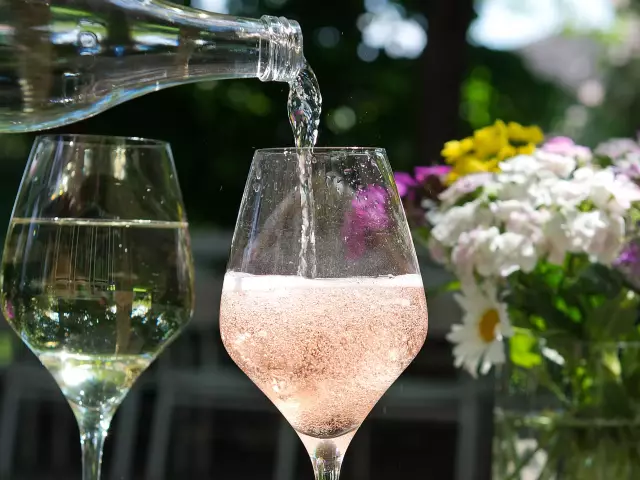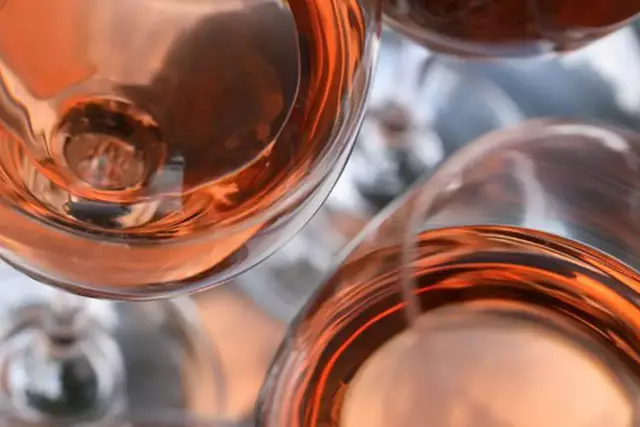Sparkling wine
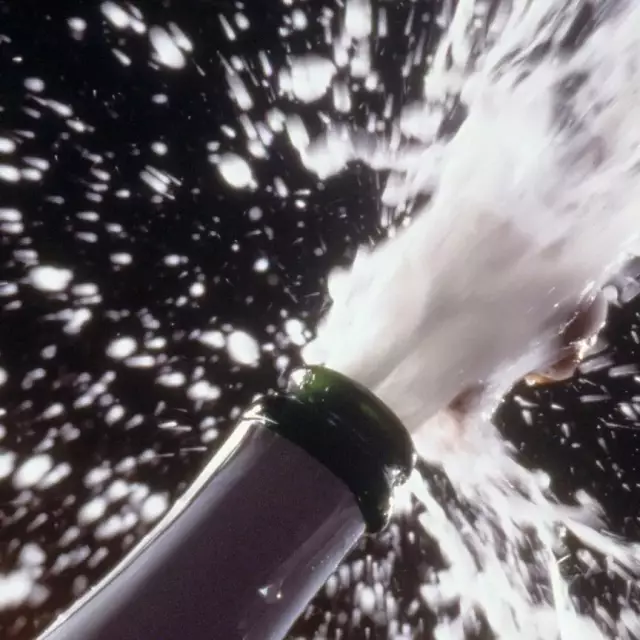
Be it New Year’s Eve, a party or brunch, a Formula One or a horse race – whenever people are bubbling over with joy, it’s hard to imagine them without a glass of bubbly, the sparkling crown jewel of winemaking.
Facts
-
8 - 10°
are ideal drinking temperatures
-
3,5
bar minimum
-
9 Monate
Fermentation in the bottle
-
0-3g
residual sugar content correspond to "brut nature".
German gourmets are the world champions of Sekt consumption. And that’s why many wine estates have established Winzersekt as a fixed component on their list of offers.
Extra Effort brings Extra Flavor
Classic fermentation in the bottle: At the beginning of the production of Sekt, sugar and a special kind of yeast, able to withstand great pressure, are added to the base wine. This initiates the second fermentation, producing the CO2 that will later make the Sekt sparkle so pleasantly in the glass. The pressure exerted by the carbonic acid needs to amount to at least 3.5 bar – up to 6 bar can be achieved. In the original method of Sekt manufacturing, the so-called Méthode champenoise, and in classic bottle fermentation, the second fermentation takes place in the individual bottle.
In a dark and cool cellar, Winzersekt lies and matures on its yeast for a minimum of 9 months, sometimes for years. After this, the bottles are placed upside down into so-called riddling racks. For a period of four weeks, they get turned daily and set ever more steeply upright at the same time. At the end of this laborious process, all the yeast has collected in the bottle’s neck. The bottle necks are then immersed in a brine (a freezing cold solution) to make the yeast freeze. If the bottles are opened now, the pressure from the carbonic acid ejects the yeast clot. The technical term for this process is “disgorging”.
Since the term “Méthode champenoise” has been exclusively reserved to the products of the French Champagne region for many years, Sekt manufactured by this method in Germany uses the term traditional or classic bottle fermentation.
Designations of styles
The designations for the styles of Sekt as defined by German Wine Law are different from those of wine, because the natural carbonic acid content of Sekt reduces the perception of sweetness. Accordingly, the permissible residual sugar levels of a dry Sekt are markedly higher than those of a dry wine.
- brut nature: 0-3 g/l
- extra brut: 0-6 g/l
- brut: 0-12 g/l
- extra dry: 12-17 g/l
- dry: 17-32 g/l
- semi-dry: 32-50 g/l
- mild: over 50 g/l
Not everything that foams is sparkling wine:
Schaumwein is the generic term for moussing, i.e. foaming wines with perlage, with a minimum pressure of 3 bar.
Sparkling wine is sparkling wine whose carbonic acid is produced during fermentation and generates at least 3.5 bar of internal pressure.
Perlwein has less pressure, the carbonic acid may also be added. Good sparkling wines are fresh, light, summery-fruity and at the same time relatively inexpensive, as they are not subject to sparkling wine tax.
Secco is the modern term for trendy sparkling wines.
Crémant can be called German sparkling wines that meet certain specifications for grape varieties, harvest and fermentation.
Which wine-growing region was the first to introduce sparkling wines to the market?
Rheinhessen launched the first vintner sparkling wines in Germany more than 25 years ago.
Varietals

More recipe ideas
with chanterelle and onion leek, served with potato and grilled cheese ragout in grilled tomato Chop of Hunsrück veal
with chanterelle and onion leek, served with potato and grilled cheese ragout in grilled tomato
- 4 x 300 Gramm Kotelettes
- 250 Gramm Pfifferlinge
- 4 große Kartoffeln
- 2 große Grilltomaten
- 180 Gramm Flammkäse
- 50 Gramm Knollensellerie
- 200 ml Spätburgunder
- 200 ml Sahne
- 50 Gramm Butterschmalz
- 2 EL Butter
- 1 EL Rapsöl
- 6 Stück Lauchzwiebeln
- 1 kleine Knoblauchzehe
- je 1 Zweig Thymian & Rosmarin
- je 1 TL Majoran & Oregano
- nach Belieben Salz & Pfeffer
Peel the potatoes, celery and garlic clove, crush the garlic and cut the potatoes and celery into small cubes. Heat the rapeseed oil in a pan, add the potato and celery cubes, sauté briefly and top up with ⅔ of the cream. Season with salt, pepper and the crushed garlic and leave to simmer for approx. 6 minutes. Add the oregano, marjoram,
add a little thyme and the diced flambé cheese and remove from the oven immediately.
Season the veal chops with pepper, fry in the pan in hot clarified butter for approx. 3 to 4 minutes on both sides and then cook in the oven at 160 degrees for 8 to 9 minutes. Then leave the meat to rest briefly.
Cut the grilled tomatoes in half, remove the skin, place on a baking tray and fill with the potato and flambé ragout. Place the baking tray in the oven with the chops for approx. 6 - 7 minutes. Add 1 tbsp of butter and the sprig of rosemary to the roasting mixture, deglaze with the Pinot Noir, reduce a little and refine with the remaining cream. Season to taste with salt and pepper.
Clean the chanterelles and spring onions. Wash the spring onions well, cut into 5 cm pieces, blanch briefly in salted water and rinse in ice water. Heat 1 tbsp butter in a pan, add the chanterelles and sauté for 2 - 3 minutes. Add the spring onions and the rest of the thyme and season with salt and pepper.
<p- Riesling (trocken)

Asparagus harmonises perfectly with Silvaner Roasted asparagus with wild garlic and ribbon noodles
Roasted asparagus with wild garlic and ribbon noodles goes perfectly with Silvaner.
- 1kg weißer Spargel
- 1kg grüner Spargel
- 200g Butter
- 1 TL Zucker
- 2-4 EL Walnussöl
- 600g Tagliatelle
- 1 Prise Salz und Pfeffer
- 200 ml Schlagsahne
- 1 Spritzer Zitronensaft
- 8 Bärlauchblätter
Preparation:
Peel the asparagus (green asparagus only in the lower third), cut off the ends. Cut each spear in half lengthways and cut the halves in half. Cut the halves into 3 – 5 cm long pieces.
Heat the butter in a large pan, add the sugar. Caramelise briefly. Add the oil and asparagus and cook over a medium heat for approx. 10 mins. until al dente, tossing occasionally.
In the meantime, cook the tagliatelle in boiling salted water according to the pack instructions until al dente.
Pour the cream into the asparagus and reduce until creamy. Season the asparagus with salt, pepper and lemon juice.
Rinse the pasta, drain and mix with the asparagus. Cut the spring onions into strips and fold in.
Wine recommendation:
Silvaner Spätlese dry
- Silvaner (trocken)

with cinnamon and sugar Odenwald apple soufflé
with cinnamon and sugar
- 1 kg Äpfel
- 250 Gramm Semmelbrösel
- 125 Gramm Zucker
- 2 EL Butter
- 1/2 TL Zimt
- 1 Msp. gemahlene Nelken
- 50 Gramm Rosinen
- 100 ml trockener Weißwein
- 1 EL Rum
- zum Bestreuen Zimt & Zucker
Sauté the breadcrumbs, butter, spices and 2 tbsp sugar in a pan. Peel the apples and cut into slices. Sauté in white wine with rum and sugar until the liquid has almost evaporated.
<p
<p>Fill the greased springform tin alternately with the breadcrumb mixture and apples (bottom and top layer of breadcrumb mixture).
Bake for one ½ hour at 140 °C. Sprinkle with cinnamon and sugar.
- Riesling (lieblich)
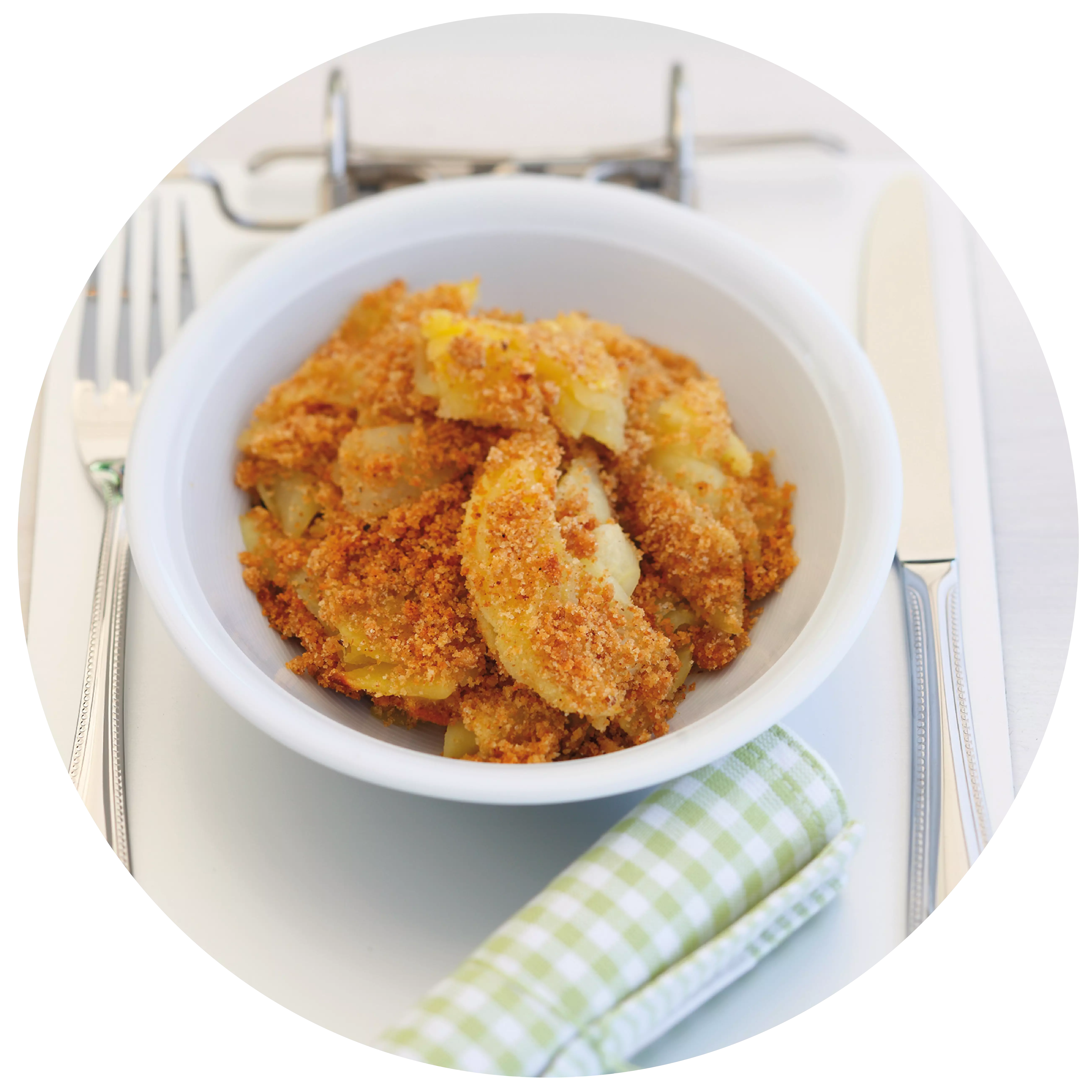
White asparagus with pancake strips Asparagus with "Kratzete"
White asparagus with pancake strips and champagne butter sauce.
- 1kg Weißer Spargel
- 200g Mehl
- 4 Eier
- 150ml Milch
- 1TL Butterschmalz zum Braten
- 2EL Butter
- 1 Zitrone
- 1 Prise Zucker
- 1-3 Schnittlauchröllchen zum Garnieren
- 1 Für die Soße:
- 150g Butter
- 50ml Sahne
- 50ml Sekt
- etwas Salz und Pfeffer
Mix the flour with the eggs, milk and a pinch of salt to make a smooth pancake batter. Leave to soak for 30 minutes.
In the meantime, peel the asparagus and cook in salted water with 2 tbsp butter and a pinch of sugar until al dente. Drain well and keep warm.
<p
<p>Pour the pancake batter in batches into hot clarified butter
.
pour into hot clarified butter. When the underside is browned, use a fork to scrape into pieces. Finish frying until the pieces are golden yellow.
For the champagne-butter sauce, bring the cream to the boil, reduce slightly and stir in the cold pieces of butter (walnut-sized). Add the sparkling wine and season to taste with salt and pepper.
<p
<p>Arrange the asparagus on pre-warmed plates. Add the kratzete, drizzle with the sauce and garnish with chives.
<p
<p>Wine recommendation:
A mild and dry Gutedel or a delicate Kabinett wine from Riesling or Pinot Blanc.
- Gutedel (trocken)
- Riesling (brut)
- Pinot Gris (brut nature)
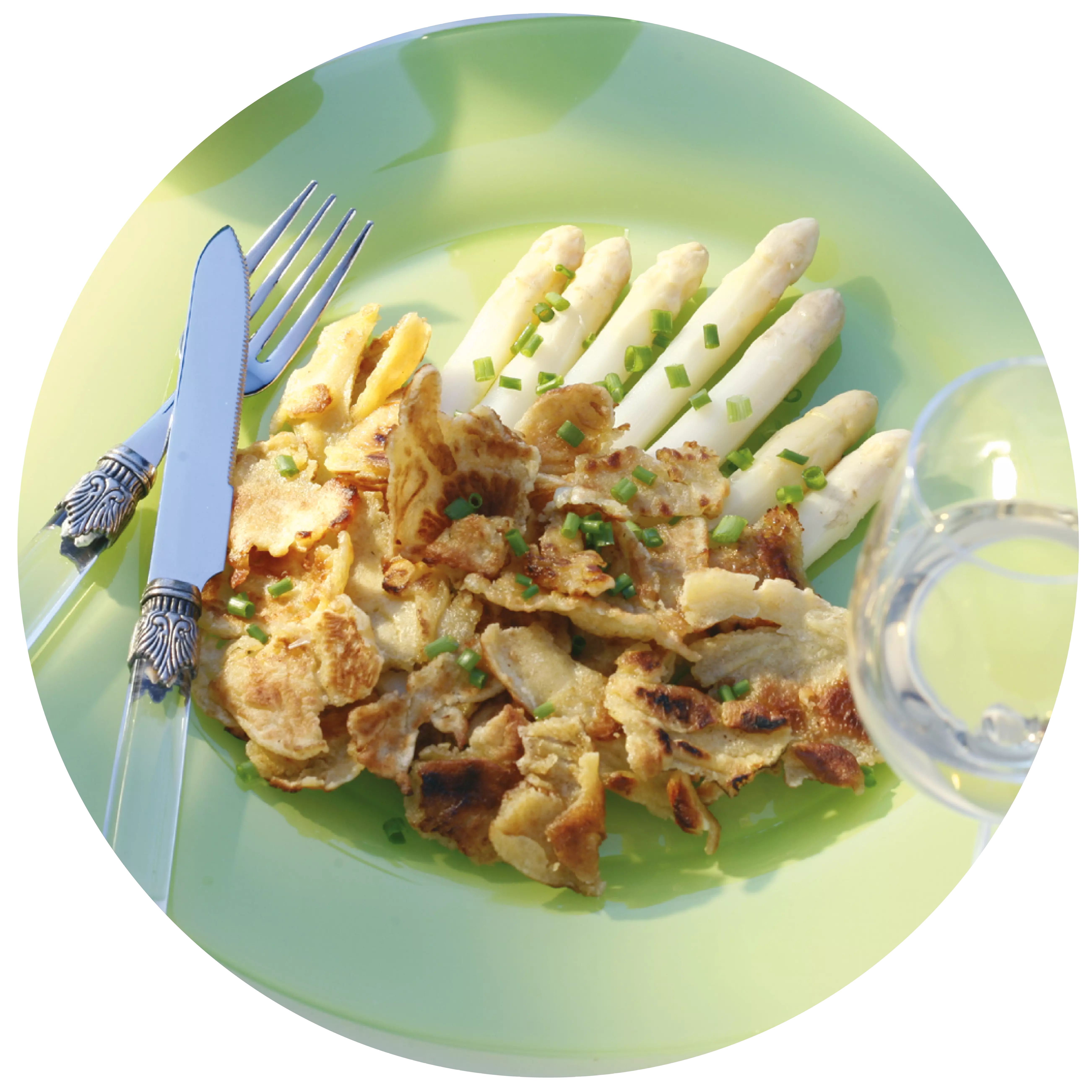
Events
-
Show
winetasting in our winery - blind tasting
Mainz-Hechtsheim


